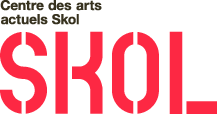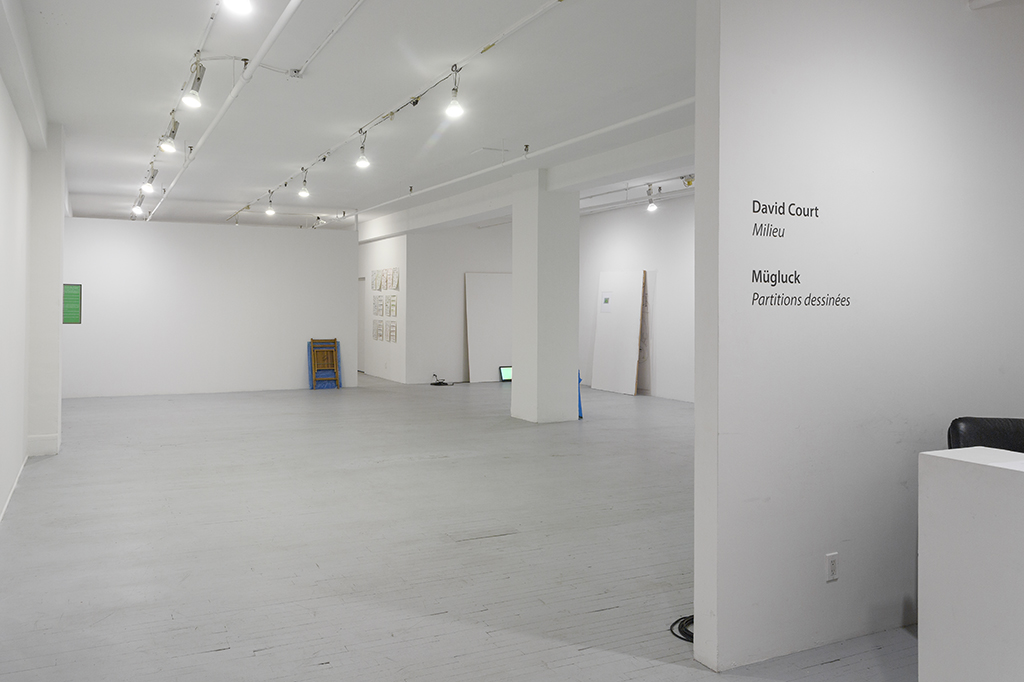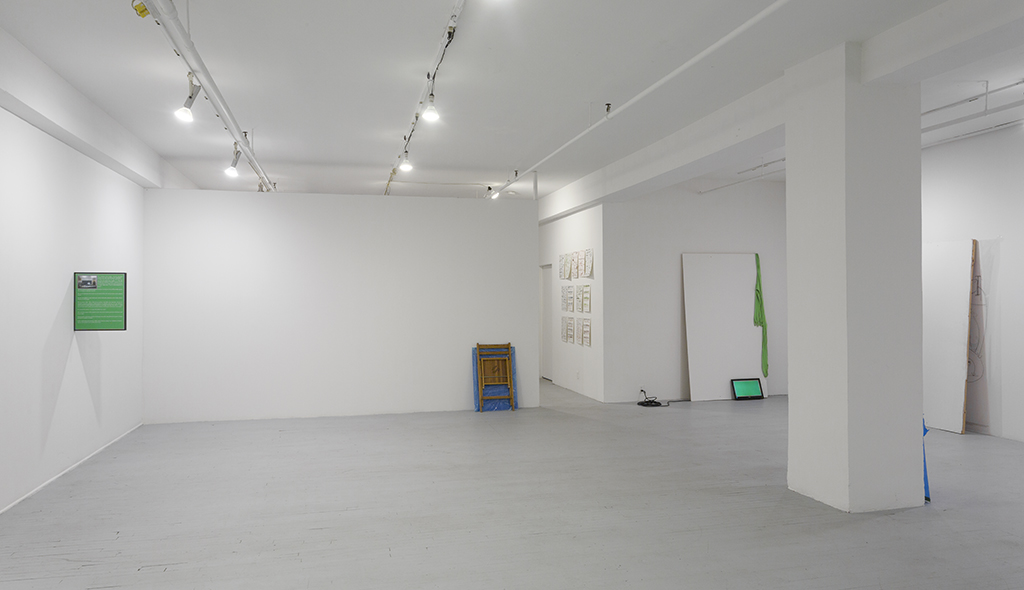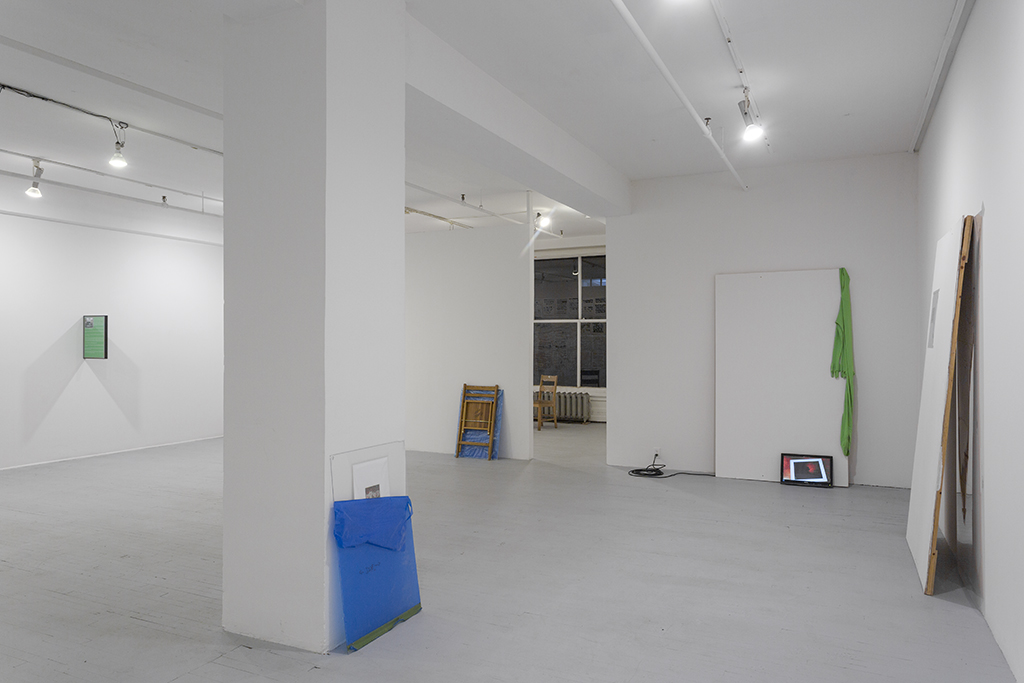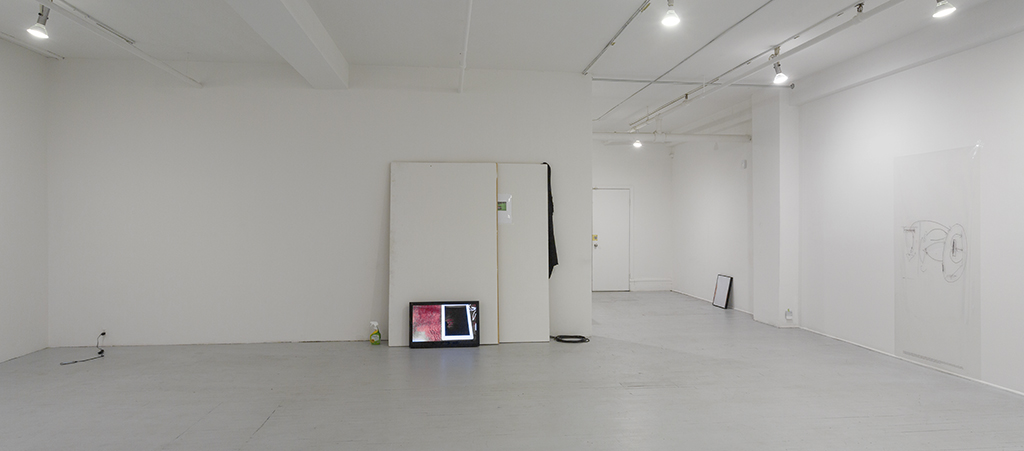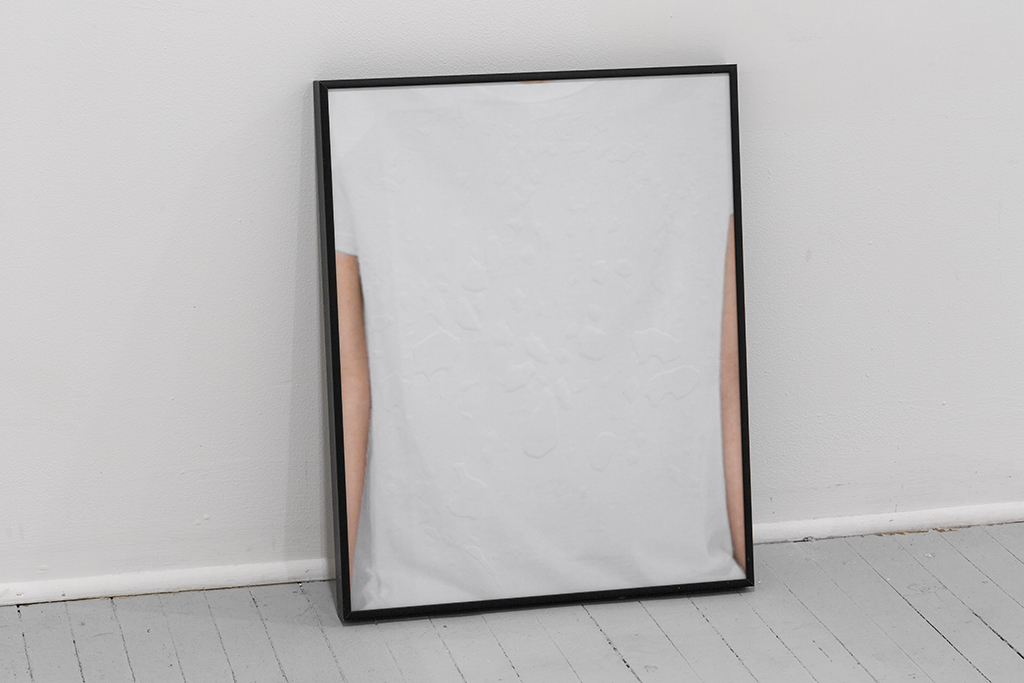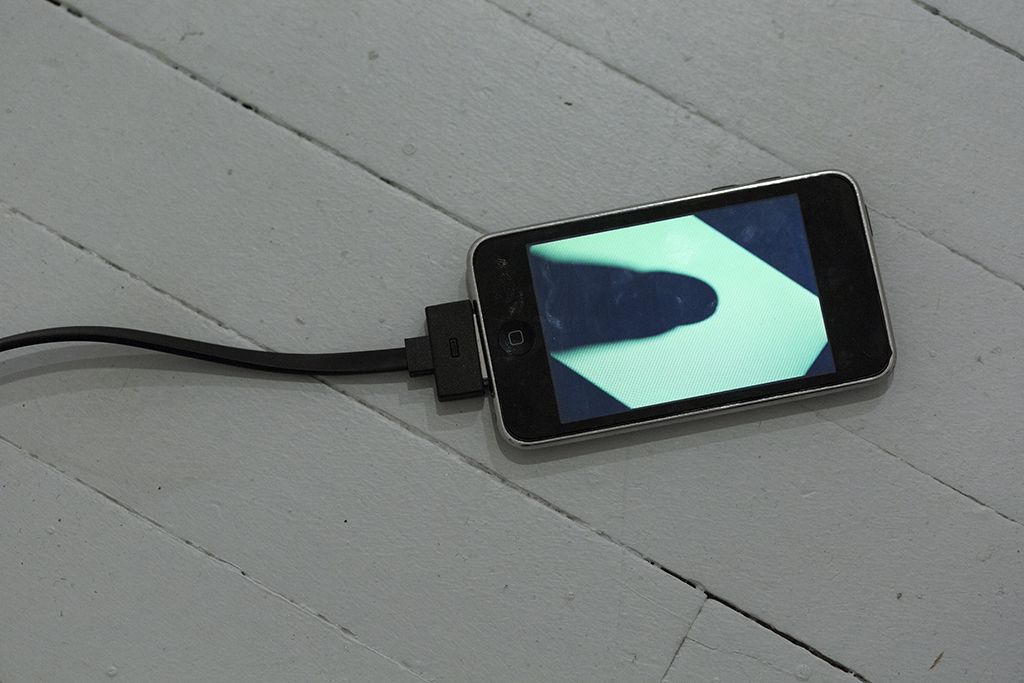David Court: Milieu
Multi-disciplinary
October 18 – November 16, 2013 (gallery 1)
Opening on Friday October 18, 5:30pm
Project Description
Ranging across independent and collaborative studio-based and theoretical activity, Court’s work approaches exhibition-making as a form of experimentation around and within the confines of cultural exchange and experience. His practice follows a logic of bricolage, deferring hierarchies of figure/ground or center/periphery in favor of an entanglement of things, images and perceptions. Materials are orchestrated through a diffuse form of authorship to construct an atmosphere of self-consciousness, pointing out that it is in the margins that the myriad connective tissues of contemporary life can be intimated.
For Skol, Court will develop a project that builds on this practice, informed by, and adapted to, the context of the gallery.
“This is the work, a process that is always ahead of and behind itself; the exhibition always-already figured as a template, a sequence of arrivals and departures, traces and fragments. Materials collected and recontextualized, rendered and rearranged through the generic media of presentation: support structures, objects, images, etc. A contingent and migrant presentation. A milieu of duplicity and dislocation.” – David Court
Interpretive resources provided by the artist
1. “A work of art is produced by many different things. And art is always a collaboration with what came before you and what comes after you. […] You think about another person’s thinking as well as your own, and this acts as an acknowledgement that no work is really produced by one person.”
Louise Lawler quoted in Twice Untitled and Other Pictures (looking back), exhibition catalogue, Wexner Center for the Arts, Columbus 2006. p.136.
2. “When Google Translate generates a translation, it looks for patterns in hundreds of millions of documents to help decide on the best translation for you. By detecting patterns in documents that have already been translated by human translators, Google Translate can make intelligent guesses as to what an appropriate translation should be. This process of seeking patterns in large amounts of text is called “statistical machine translation”. Since the translations are generated by machines, not all translation will be perfect. The more human-translated documents that Google Translate can analyse in a specific language, the better the translation quality will be. This is why translation accuracy will sometimes vary across languages.”
http://translate.google.com/about/
3. “It’s a problem we have, when we rely so much on technology. This doesn’t even have to be malicious; it could simply be a bug in the system, that wasn’t caught in the testing because so many things would have to occur at the same time that it would be impossible to test. But, practice shows that something can always go wrong.
For example, a short-term momentum trader wants to purchase stock shortly after the price has begun to trend higher, hoping to profit off further price appreciation, but the purchasing window is short: once the stock has appreciated significantly, the opportunity has passed. If the trader places an order that is routed to NASDAQ, and a halt is ordered before the order is filled, s/he potentially missed out on a profitable trade. In some cases with these outages, confusion ensues because traders aren’t told by the exchange whether the order was executed or cancelled.
These technical glitches are in large part a result of scamming the system, with our financialized economy supplanting our industrialized economy. Let them (try to) eat derivatives.”
Anonymous commentor on the August 22nd, 2013 NASDAQ crash
5. “-the pharmacological situation in which we live, as technological beings, that is to say as non-beings, always becoming, needs an economy of this pharmacology : an economy which tends to optimise the curative effects of pharmaka and to reduce the toxicological ones;
-such a pharmacology can never purify the technical remedies of their poisoning side, whereas there is nothing human which is not technical, even language, and then, thought.”
Bernard Stiegler In a lecture series about “pharmacology” at Goldsmith’s on the 4th, 11th, 25th February & 4th March 2010 http://www.e-flux.com/journal/transindividuation/
6. “Chinese workers urge Apple to act on n-hexane poisoning. Chemical used to clean iPhone touch screens linked to declining health among staff at Wintek factory in Suzhou”
http://www.theguardian.com/world/2011/feb/22/chinese-workers-apple-nhexane-poisoning
7. “the exhibition space is available to the individual eye and should obtain its forms from the qualities of the eye itself.”
Bayer, Herbert. Fundamentals of Exhibition Design. PM (Production Manager), 6, no. 2 (December 1939-January 1940), 17-25.
